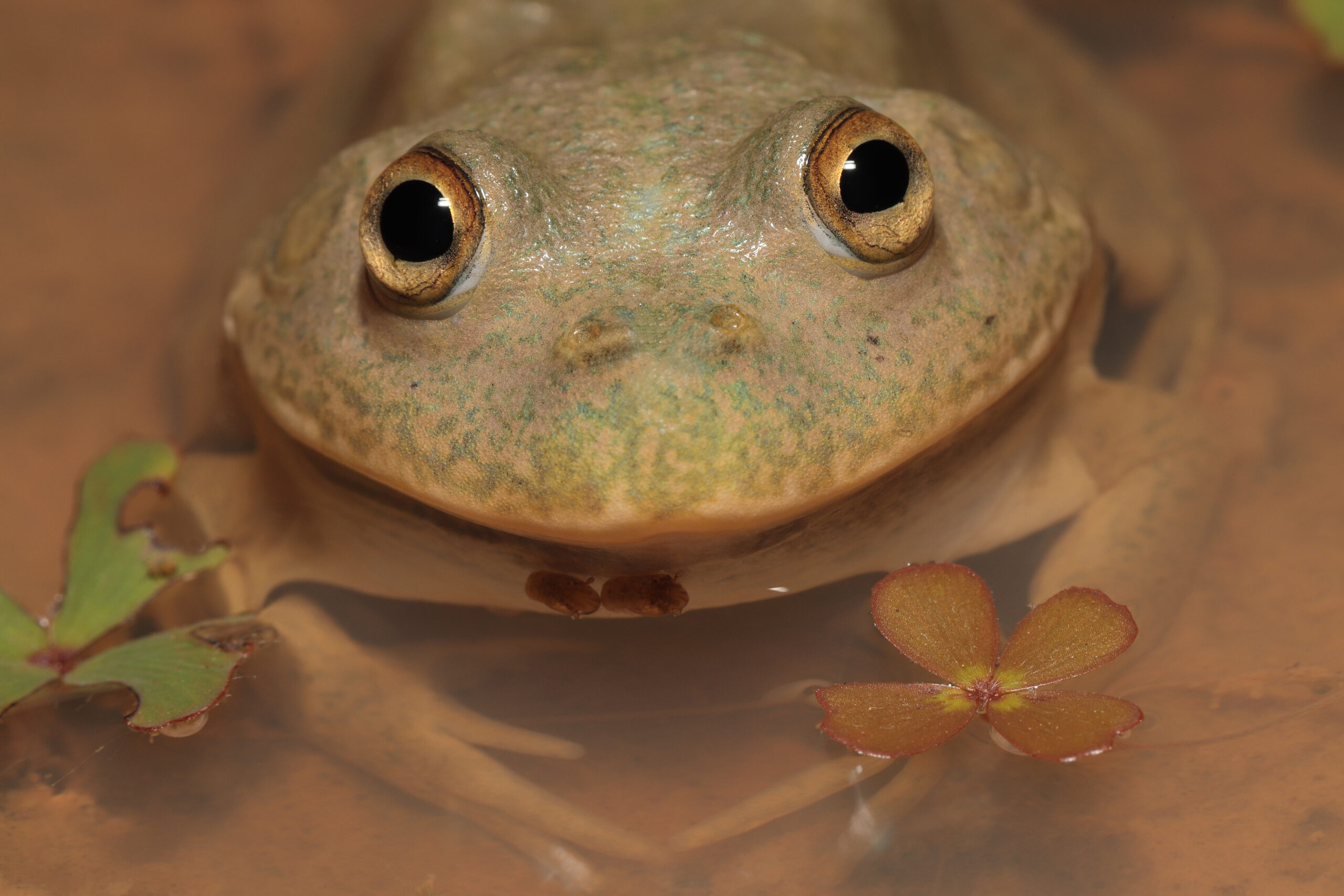| Common name | Eastern bluetongue lizard |
| Scientific name | Tiliqua scincoides |
| Type | Reptile |
| Diet | Insects, spiders, slugs, snails, small lizards, fruits, vegetables (and dog food if it’s left around) |
| Average lifespan | 20 years, possibly longer |
| Size | Up to 60cm long |
Meet the bluetongue, a slow-moving lizard with a stocky body and docile disposition that’s also the largest of Australia’s skinks, of which there are more than 320 species. Skinks are smooth-skinned lizards that are well-known for dropping their tails – known as autotomy – when threatened by a potential predator. The tail will continue to wriggle after detaching and hopefully distract the threat, while the rest of the lizard gets away. Eventually the tail will regrow.
Before getting to this stage, however, the bluetongue lizard has several other strategies of defence, although they’re mostly bluff tactics. When disturbed or threatened it will open its mouth widely, stick out its bright blue tongue as a warning, hiss loudly and puff itself up to look larger than it is. If none of that works, autotomy is a last option.
There are six species or subspecies of bluetongue lizard, each with a particular distribution. This one – the eastern bluetongue lizard – is found in south-east Australia. Others include the shingleback (Tiliqua rugosa), which is found west of the Great Dividing Range. The endangered pygmy bluetongue (Tiliqua adelaidensis), which is the smallest of this group, reaching just 15cm in length, is found in only 30 locations, all across the Adelaide plains, where it lives in the former burrows of trapdoor spiders. Although all the other bluetongue lizards have alarmingly bright bluetongues, the pygmy bluetongue has one that is incongruously pink.
bluetongue lizards are solitary for most of the year, but in late spring to early summer males will search out females for mating. At this time males may fight aggressively with other males. Mating can also get a little rough and females too can carry bite marks from overly aggressive males.
These lizards are ovoviviparous: the eggs develop and hatch inside the female’s body and she gives birth to tiny fully formed baby lizards, about 10 to 15 each time.









